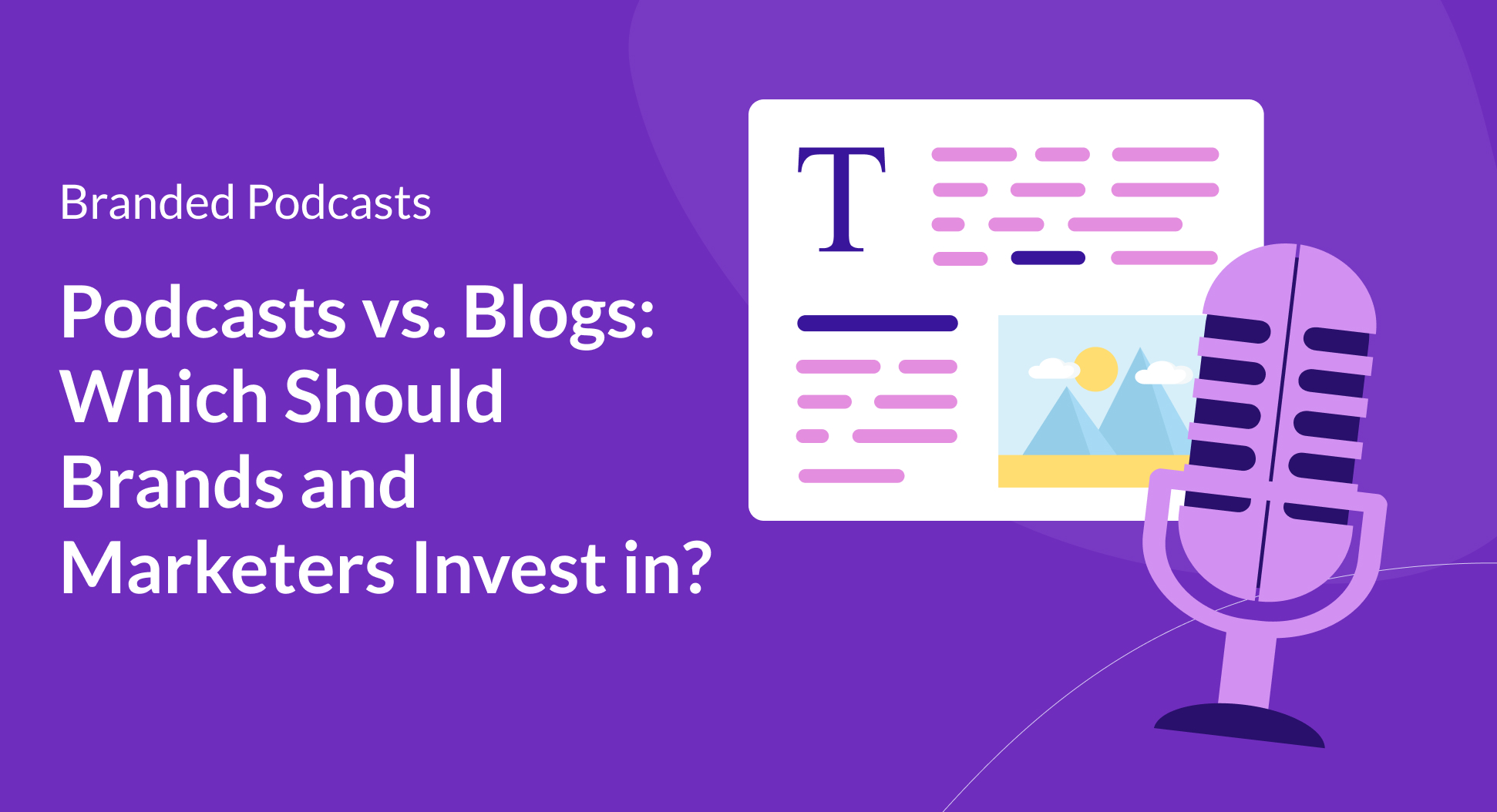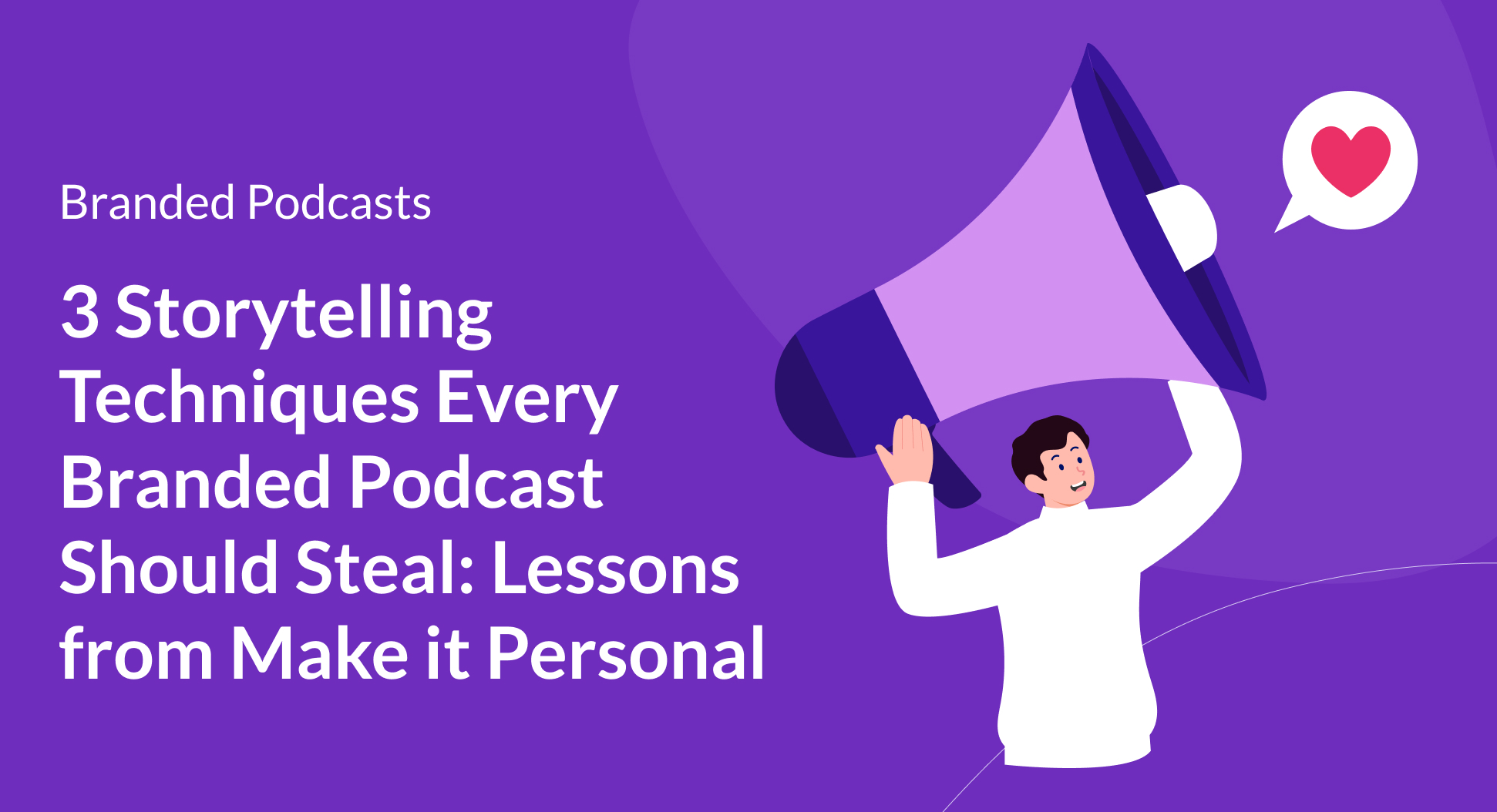Contents
When creating content for your branded podcast, a question you need to consider is if your content will be topical or evergreen. If you’re a seasoned marketer, you likely know the difference between the two but let’s do a quick recap:
What is Topical Content?
Topical content is defined as timely, relevant content that is linked to something current and happening in real time. It’s typically something you need to create quickly since it's linked to recent news or trends. Topical content holds its relevance for a very short period of time. Once this type of content reaches its saturation point it decreases in value to the audience. An example of a topical podcast would be The Daily – The New York Times. It’s a 20-minute podcast that drops 5 days a week and rounds up the latest stories from around the world. When you tune in the day of, it holds value, but you wouldn’t download the episode a week or month later because the news would already be old.
Quick Tip: In marketing, ‘saturation point’ refers to when the volume of a product or service has reached its maximum. If something is trending, multiple brands will be writing/posting about it. Your audience can quickly become fatigued and move on!
Pros of Topical Content
- Ability to go “viral” and have instant success in driving traffic to your show (downloads and subscribers!) and audiences to your social channels.
- Helps maintain brand freshness, relevancy, and allows your show to appear plugged in.
Cons of the Topical Content
- No benefits when it comes to SEO or driving people to your traffic in the long run – topical content is a sprint, not a marathon. Keywords will be hot at the moment, but they won’t last.
- Easy for episodes to lose relevance once the topic reaches a saturation point.
- Time-consuming and difficult to stay ahead of the curve and competition.
What is Evergreen Content?
Evergreen on the other hand is content that is always relevant. This means that no matter what your podcast is about, the information shared will be pertinent for many years.
The benefit of creating evergreen content is that it can be listened to, reposted, or shared at any point because what’s being discussed doesn’t have a shelf life.
There’s also less pressure because evergreen content isn’t reliant on current affairs or keeping up with the latest trends. So, an episode is just as interesting a year later as it was on release day.
An example of an evergreen podcast would be How I Built This With Guy Raz. It’s a podcast about innovators, entrepreneurs, and their business stories, the content is relevant no matter when you tune in.
This begs the question: how long does evergreen material stay relevant? Most SEO experts believe that while there is no widely accepted expiry date, any material that is valid for at least a few years would be considered evergreen content.
Quick Tip: You can update content that has become outdated. Revisiting podcast topics or editing blog posts is a normal (and smart) thing to do!
Pros of Evergreen Content
- Ability to drive traffic to your show over time regardless of which topics are trending. Content can be repurposed from previous months and years because it will always have value to an audience.
Cons of Evergreen Content
- Cannot focus on anything specific or timely, because it will ultimately become dated if you do.
- Cannot capitalize on trends and therefore loose out on the chance to capture audiences quickly.
Evergreen Content vs Topical Content: What Should You Choose? You might be wondering what best suits your audience.
Choosing between the two completely depends on what your objective is, who your target audience is and what they are expecting from you (which can be discovered from your podcast analytics).
Remember, your evergreen shows include content you can constantly pull from – relevant for months or years to come. Timely content on the other hand makes it easier to hook audiences. It’s content that excites people and can set your podcast apart from the crowd.
Typically, most well-rounded podcasts will include examples of both evergreen and topical content. The ratios will differ depending on the show’s demographic and your audience’s expectations.
Ultimately it is a marketer’s responsibility to know their audience and what they want from their brand and content.
Struggling to figure out if your brand should be producing topical or evergreen content to maximize engagement? Reach out to our team who can help guide you.

.avif)
.avif)



.png)

.png)




.png)
.png)
.png)
.png)